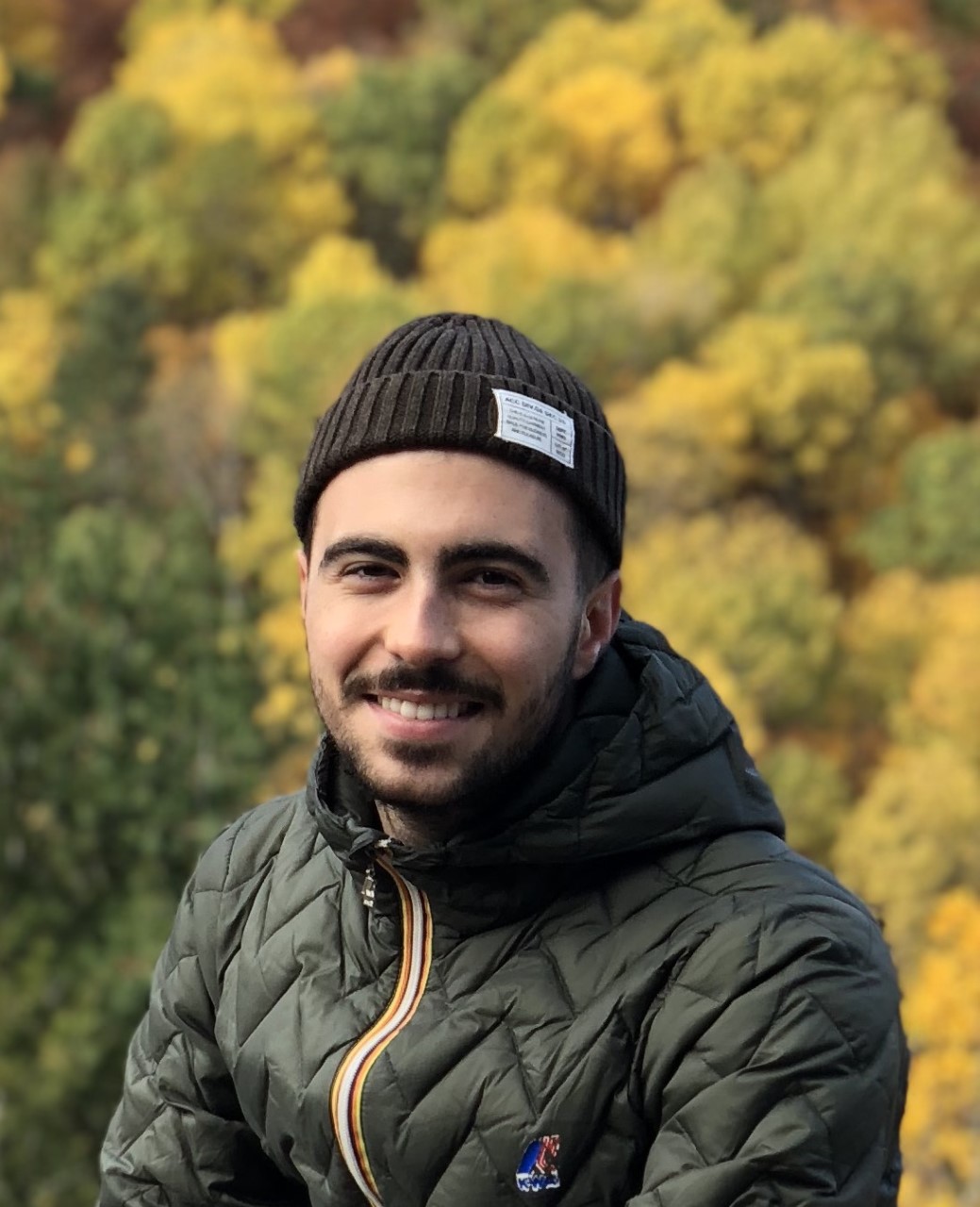
(He/Him)
🎙 Tell us about yourself?
I am a second-year PhD student in the Department of Physical and Environmental Sciences, working under the supervision of Dr. Marney Isaac and Dr. Scott MacIvor. My passion for studying the environment began at a very young age. Whether it was capturing insects and studying them as a child, or helping grow our family garden as a teen, I always found nature and its diversity to be fascinating. Nature is often something we take for granted, which is why in my free time, I enjoy traveling, hiking, and rock climbing to connect myself to nature and improve my well-being.
🎙 What are your research interests & what are you currently researching?
I am interested in urban living infrastructure and how we can actualize these spaces as productive green spaces. I am also interested in using green spaces to provide cities with ecosystem services and for food production to address the growing food insecurity issues in urban areas. My current research focuses on using existing extensive green roofs and converting them into productive food-growing spaces. I am investigating the facilitative effects of Sedum and crop diversity on plant performance in green roofs, and how the existing infrastructure needs to be modified to support quality crop growth. I am also researching the impact of long-term drought stress on plant diversity on unmanaged green roofs.
🎙 What is the significance of your current research?
Urban agriculture is emerging as a key component in bringing resilience to our food systems. At the same time, new green roofs are being built across cities, but they are not set up to grow food. With urban agricultural land becoming sparse, green roofs are an excellent area to recover growing space. This project will help improve our ecological understanding of green roofs, highlight the current issues with existing infrastructure and the modifications needed to support food growth, and develop a novel approach to actualize these areas as productive food-growing spaces where fundamental ecological questions can also be addressed.
🎙 Any interesting insights/results so far related to your research?
Preliminary results have shown increased crop survival and yield with higher crop diversity. Plants grown with Sedum appeared to perform better when grown using a basic green roof substrate (FLL) and FLL amended with worm casting (nutrients) than without Sedum, suggesting facilitative effects. Surprisingly, crops grown in an engineered bio-mix substrate did not perform well, especially when grown with Sedum. This is because the substrate did not provide an adequate growing medium for Sedum and in turn competed with crops for survival. Water retention was greatest in the engineered bio-mix substrate however, water use efficiency was greatest in the amended FLL, suggesting modifications to the watering regime and substrate nutrients can support and greatly increase quality crop growth on existing extensive green roofs.
🎙 What aspirations do you have for your research? How do you see it being utilized?
The success of my research will help to change the way green infrastructure is designed and implemented in cities. My research tests facilitation in a novel environment that provides a multitude of new research avenues and applications, particularly translating findings into a management framework to climate-proof cities and enhance urban agricultural systems in Canada. With more cities, such as Toronto, implementing mandatory by-laws requiring green roofs on new buildings, I hope my research can influence the way extensive green roofs are designed and create better access to healthy foods in cities.